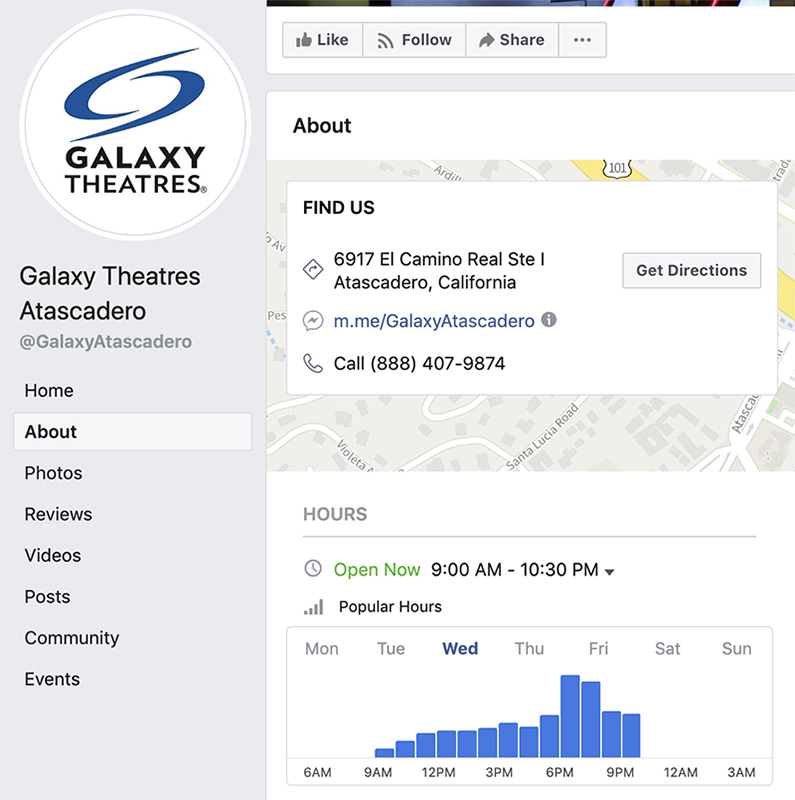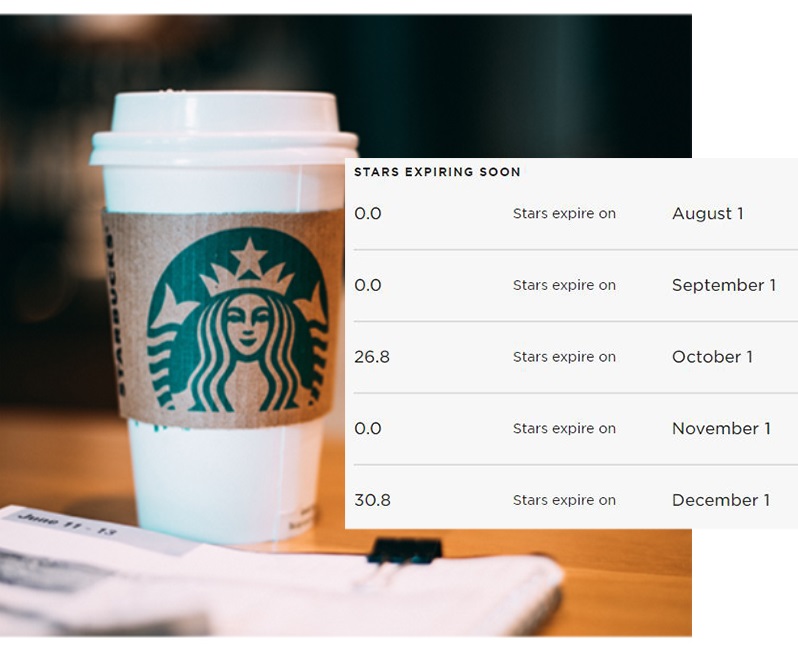Demographics vs Psychographics
Marketing on social media is no longer a linear path due to the saturation of advertising in the market. How many times have you seen similar advertisements on your social media feed and found them interesting, but never took the extra step to join or buy?
The answer is probably a lot.
This is partly because of a wide cast net for specifically targeted ads where you might fall into the categories set such as location, age and gender. The aspect that is being denied in this situation, however, is that you might not be the target audience for the product.
Identifying a target audience is one of the first steps to growing your business online. Read any social media blog and they will tell you “find your audience.” However, finding your audience and understanding your audience are two very different aspects.
The two aspects that are involved in identifying this audience are demographics and psychographics. Though extremely similar, each have unique attributes that can make or break your social media strategy.
Social media agencies stress the practice of qualitative marketing through psychographics while including the quantitative measures of demographics.
So, what’s the difference?
Psychographics explain buying habits, interests, values, lifestyle factors, and personality traits. They may not be instantly observable, but through the increase of tracking online behavior and understanding of the qualitative aspects of marketing, psychographics are pretty easily attainable.
Demographics, though quantitative, help define the broader aspects of a buyer. These include, age, gender, race, family size, income, and education.
It is important to understand that you can’t have one without the other without potentially risking or blowing an advertising budget from not taking the time to really identify the core of your buyer persona.
So, what exactly is a buyer persona?
Let’s create a fake product for a fake company for a second. Say we are trying to find the ideal customer for a new pair of running shoes from a lesser known company.
Demographics vs Psychographics
The demographics for this buyer could be seen as follows:
- Male
- Aged 21-37
- Single
- Household income of $50K+
- Dealing with knee pain
Now the Psychographic profile is a little more specific:
- Dealing with knee pain
- Enjoys a healthy lifestyle Single
- Values time in the outdoors
- Wants a healthy lifestyle and enjoys going to the gym
- Concerned with health and appearance
Now imagine trying to target your audience online without one of these profiles. It would be nearly impossible to reach your intended “buyer” without half of this information. This is how some businesses are advertising and it makes sense why it’s not working.
At this point you’re probably wondering, so how do I find this information about my intended buyer. It’s one thing to know what you need, but it’s another thing to know how to get what you need.
Learning your Audience
Some of the best ways to get down to the nitty-gritty of what your customer actually likes on the inside, beyond their general demographic profile are: Focus groups, customer surveys and questionnaires, and market research teams through a social media agency.
Social media agencies are one of your best bets to make sure that everything is thoroughly vetted, and a comprehensive understanding of the psychographics of your audience is achieved. You and your business can count on the fact that your budgetary considerations for marketing tactics are being utilized properly, and your markets won’t stay un-tapped for long.















 viewing the story simply click the sticker and are taken to a page that lets them donate whatever amount they wish. Businesses can use this feature to help raise awareness of a cause they are supporting, which benefits the business in return by showing a more genuine character to its followers.
viewing the story simply click the sticker and are taken to a page that lets them donate whatever amount they wish. Businesses can use this feature to help raise awareness of a cause they are supporting, which benefits the business in return by showing a more genuine character to its followers.







 your audience can stay committed to your content, such as a subscription plan or rewards program. For instance,
your audience can stay committed to your content, such as a subscription plan or rewards program. For instance,  posting transparent and authentic content. Share your story, introduce your staff, and focus on what connects you to your customers. Audiences find value and assurance in organic and genuine social media content.
posting transparent and authentic content. Share your story, introduce your staff, and focus on what connects you to your customers. Audiences find value and assurance in organic and genuine social media content.

